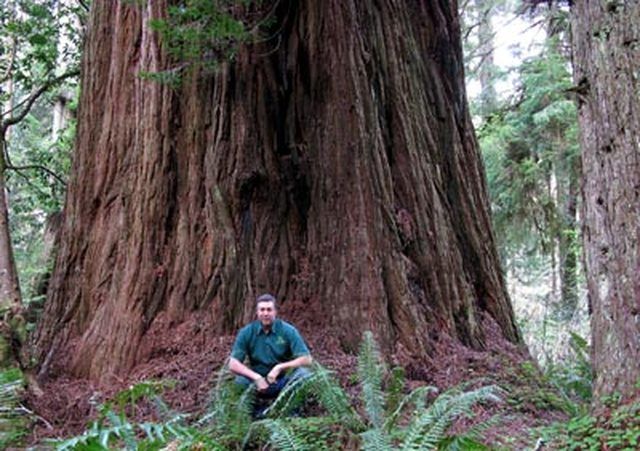Bulbs
Flower Basics
Flower Beds & Specialty Gardens
Flower Garden
Garden Furniture
Garden Gnomes
Garden Seeds
Garden Sheds
Garden Statues
Garden Tools & Supplies
Gardening Basics
Green & Organic
Groundcovers & Vines
Growing Annuals
Growing Basil
Growing Beans
Growing Berries
Growing Blueberries
Growing Cactus
Growing Corn
Growing Cotton
Growing Edibles
Growing Flowers
Growing Garlic
Growing Grapes
Growing Grass
Growing Herbs
Growing Jasmine
Growing Mint
Growing Mushrooms
Orchids
Growing Peanuts
Growing Perennials
Growing Plants
Growing Rosemary
Growing Roses
Growing Strawberries
Growing Sunflowers
Growing Thyme
Growing Tomatoes
Growing Tulips
Growing Vegetables
Herb Basics
Herb Garden
Indoor Growing
Landscaping Basics
Landscaping Patios
Landscaping Plants
Landscaping Shrubs
Landscaping Trees
Landscaping Walks & Pathways
Lawn Basics
Lawn Maintenance
Lawn Mowers
Lawn Ornaments
Lawn Planting
Lawn Tools
Outdoor Growing
Overall Landscape Planning
Pests, Weeds & Problems
Plant Basics
Rock Garden
Rose Garden
Shrubs
Soil
Specialty Gardens
Trees
Vegetable Garden
Yard Maintenance
How to Plant and Grow a Redwood Seedling
How to Plant and Grow a Redwood Seedling. The redwood tree is one of nature's true wonders. Redwood specimens can grow to be in excess of 300 feet tall and are some of the largest living things ever to inhabit the face of Earth. And, miraculously enough, you can grow your own redwood seedling at home create a towering giant. Here's how to plant...

The redwood tree is one of nature's true wonders. Redwood specimens can grow to be in excess of 300 feet tall and are some of the largest living things ever to inhabit the face of Earth. And, miraculously enough, you can grow your own redwood seedling at home create a towering giant. Here's how to plant and grow a redwood seedling.
Things You'll Need
Pot (at least 10 gallons)
Plenty of potting soil
High nitrogen fertilizer
Redwood seedling
Temperate climate
Planting Your Redwood Seedling
Procure the supplies. You'll need all of the listed supplies to properly plant the redwood seedling.
Remove the redwood seedling from it's current packaging or pot. Do this gently, taking care not to disturb the roots. Soak the roots of the redwood sapling in lukewarm water for 15 minutes.
Fill the large pot with good quality potting soil, nearly to the top of the container. Dig a hole in the potting soil that is roughly 2 times larger than the size of the roots of the redwood seedling.
Remove the redwood seedling from the water in which its roots were soaking. Place the roots of the redwood seedling in the hole you dug in the pot. Fill in the potting soil around the redwood seedling's roots, carefully, tamping the soil down lightly until the seedling seems securely rooted.
Water the redwood seedling immediately.
Growing The Redwood Seedling
Place the potted redwood seedling in a cool, low-light exposure for two to three days to let it adjust to its new habitat. Feed the redwood seedling high nitrogen fertilizer.
Place the redwood seedling in a nice full-light setting for its day-to-day life. Water the redwood seedling whenever the soil feels dry to the touch, but never over-water it.
Repot the redwood seedling as necessary. Plant the redwood seedling once it becomes too large to keep indoors. Make sure the local climate is a climate that is conducive to the growth and health of the tree.
Tips & Warnings
Leave about two to three inches of extra space at the top of the pot in which you plant your redwood seedling.
Redwood seedling should be watered often, but not excessively.
Be aware that over-watering your redwood seedling may very well kill it, so make sure that you don't give it too much water at a time.
Redwood seedlings will die if exposed to temperatures under 32 degrees Fahrenheit for any extended period of time.
Many climates simply won't support a redwood seedling. If your climate is too hot and dry, too cold, or too damp, your redwood seedling will die if you plant it outside. In such cases, it's better to just trim the plant and keep it as a houseplant or transplant it to an area where it can thrive outside, such as the American northwest.